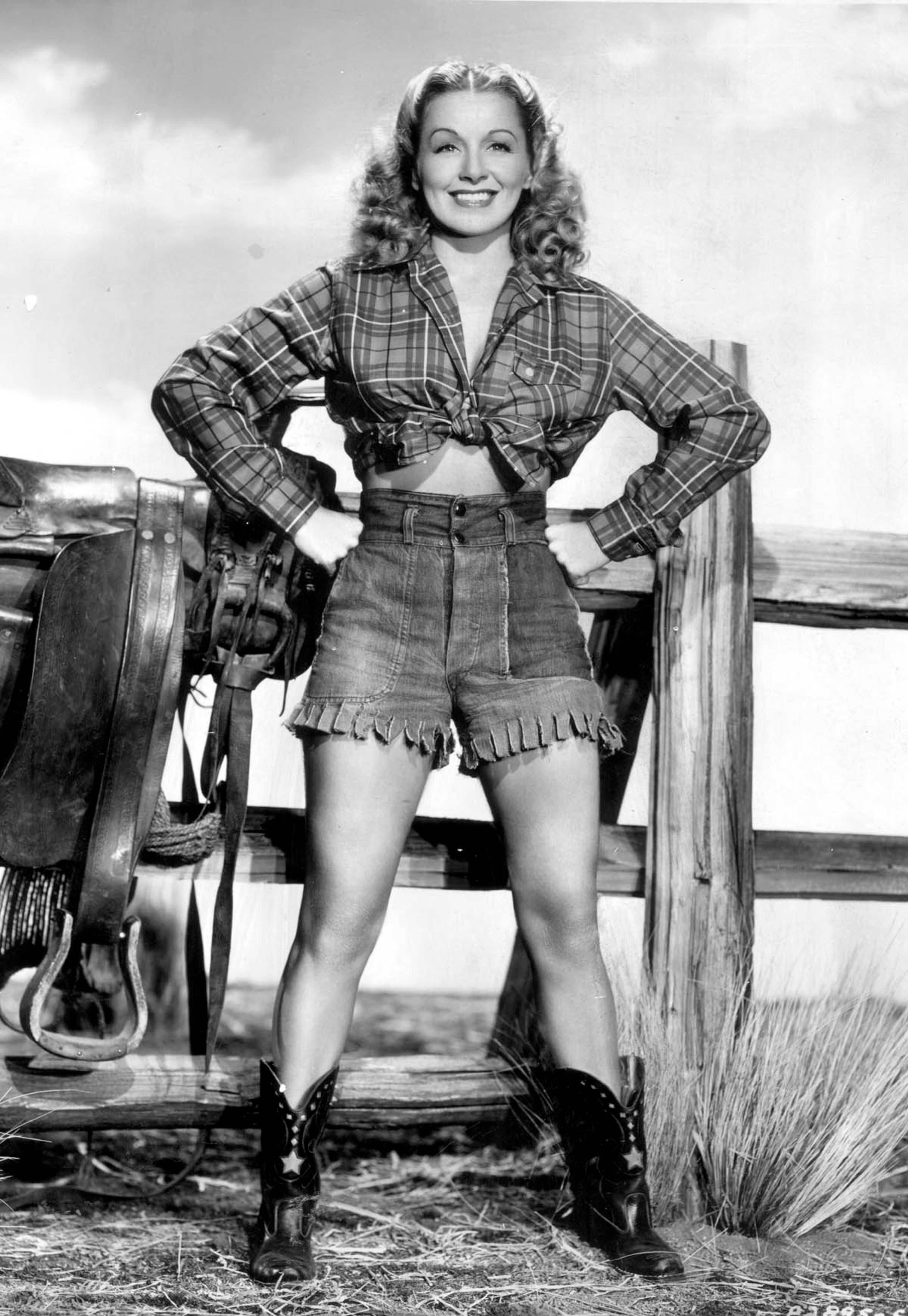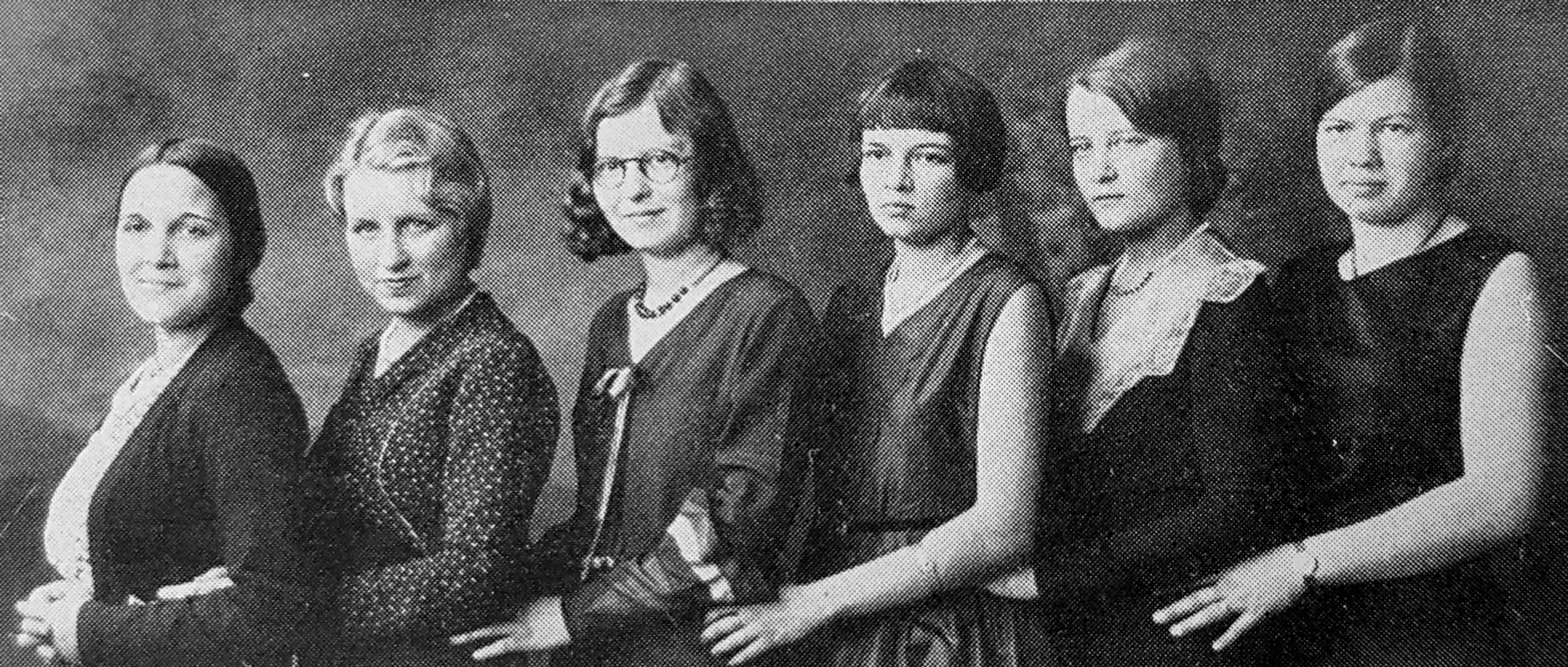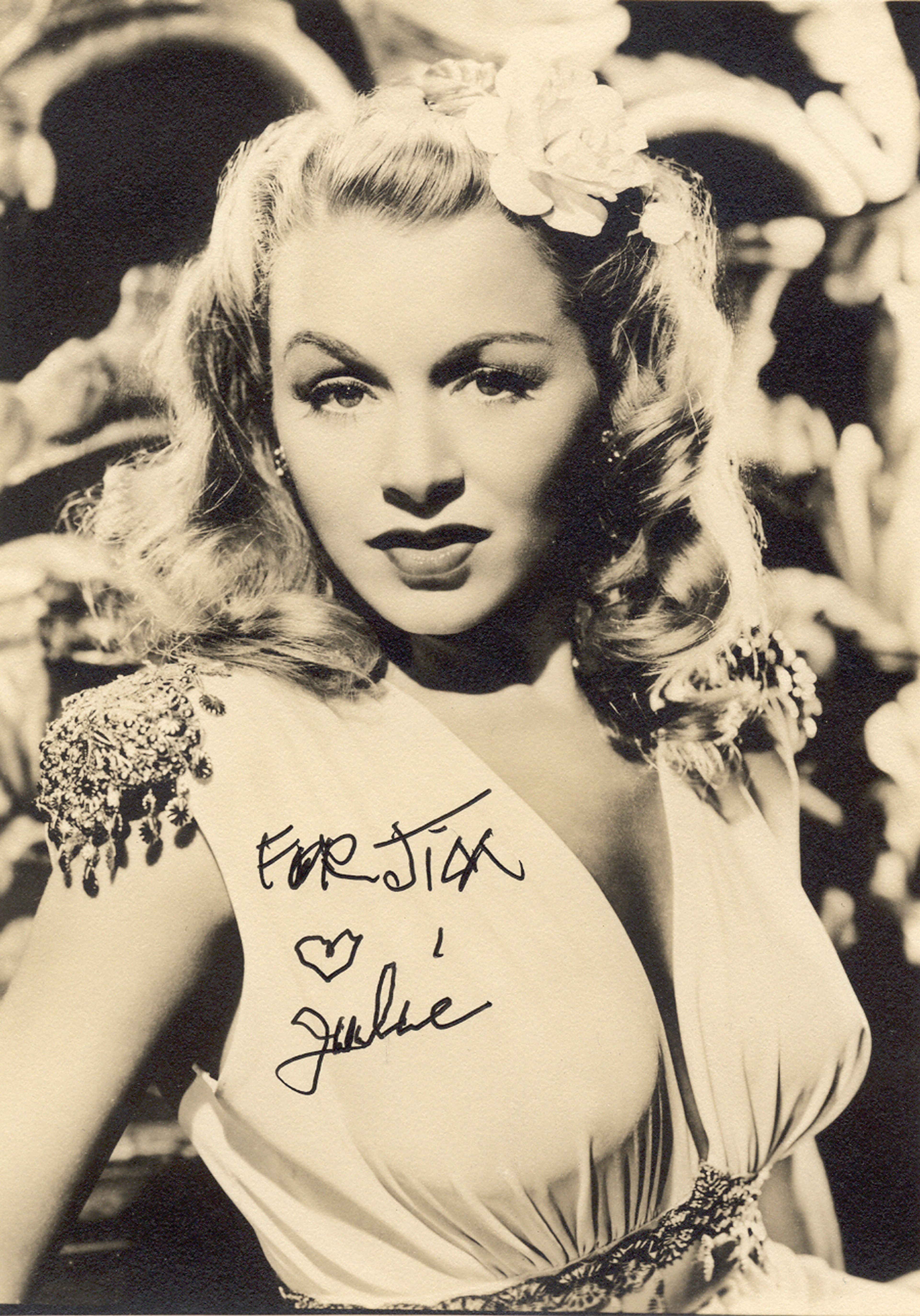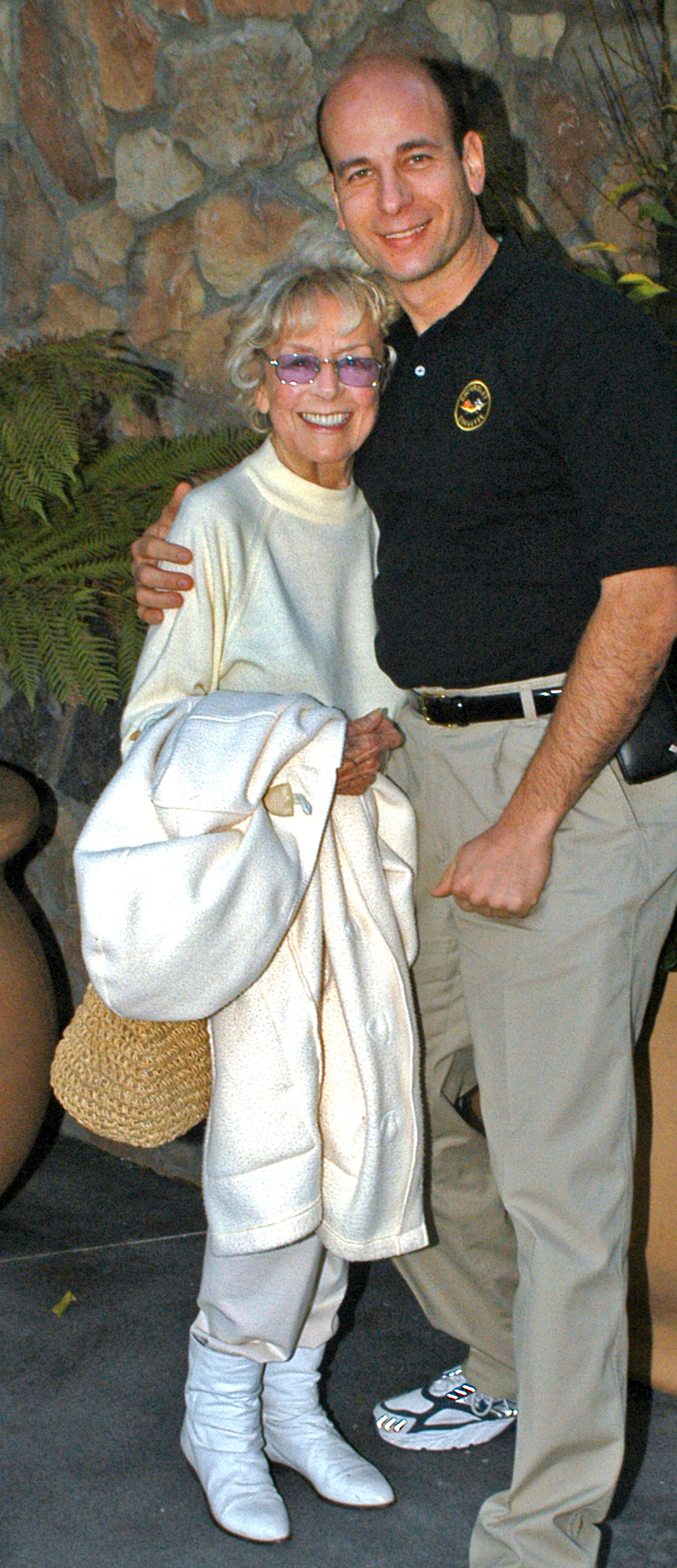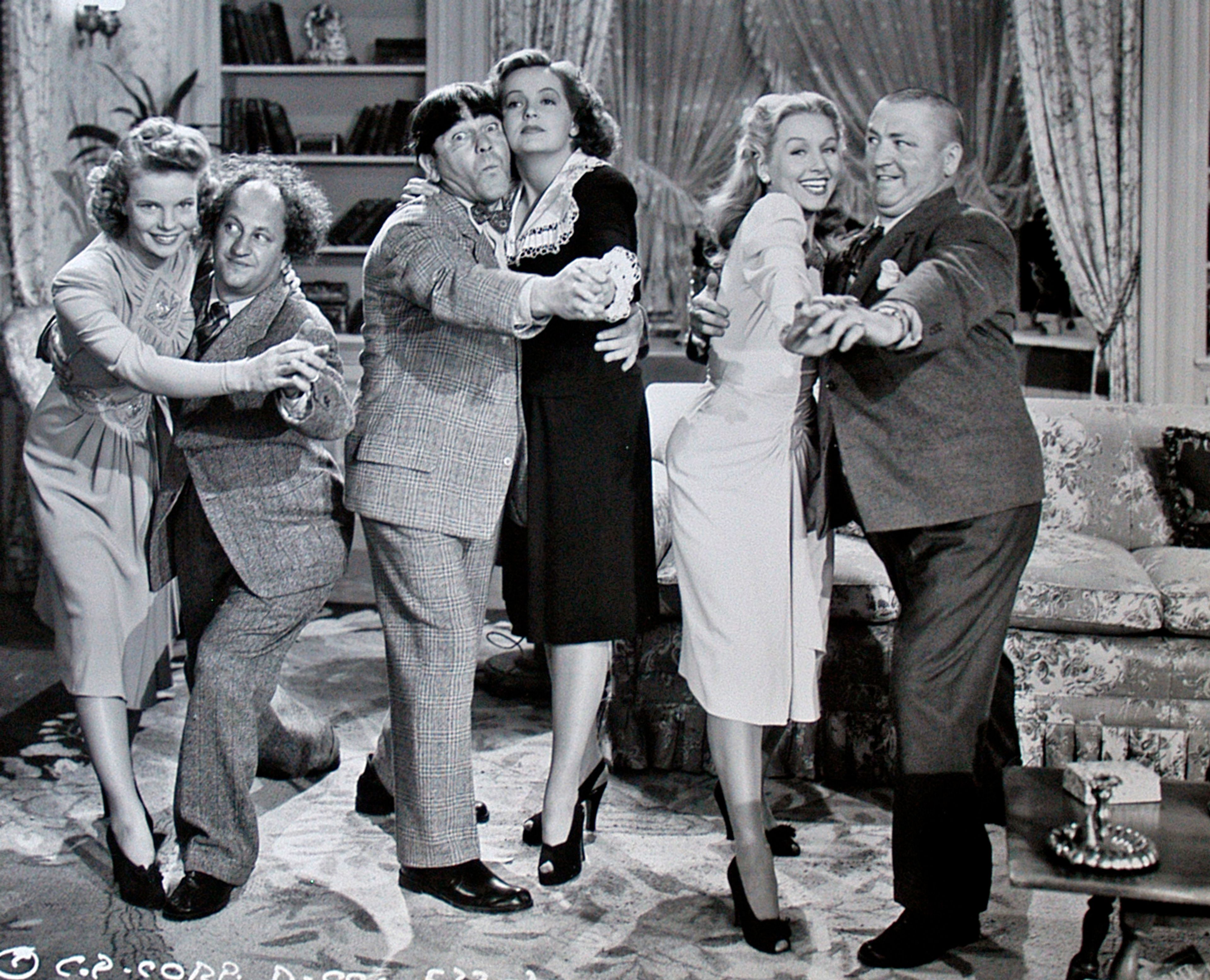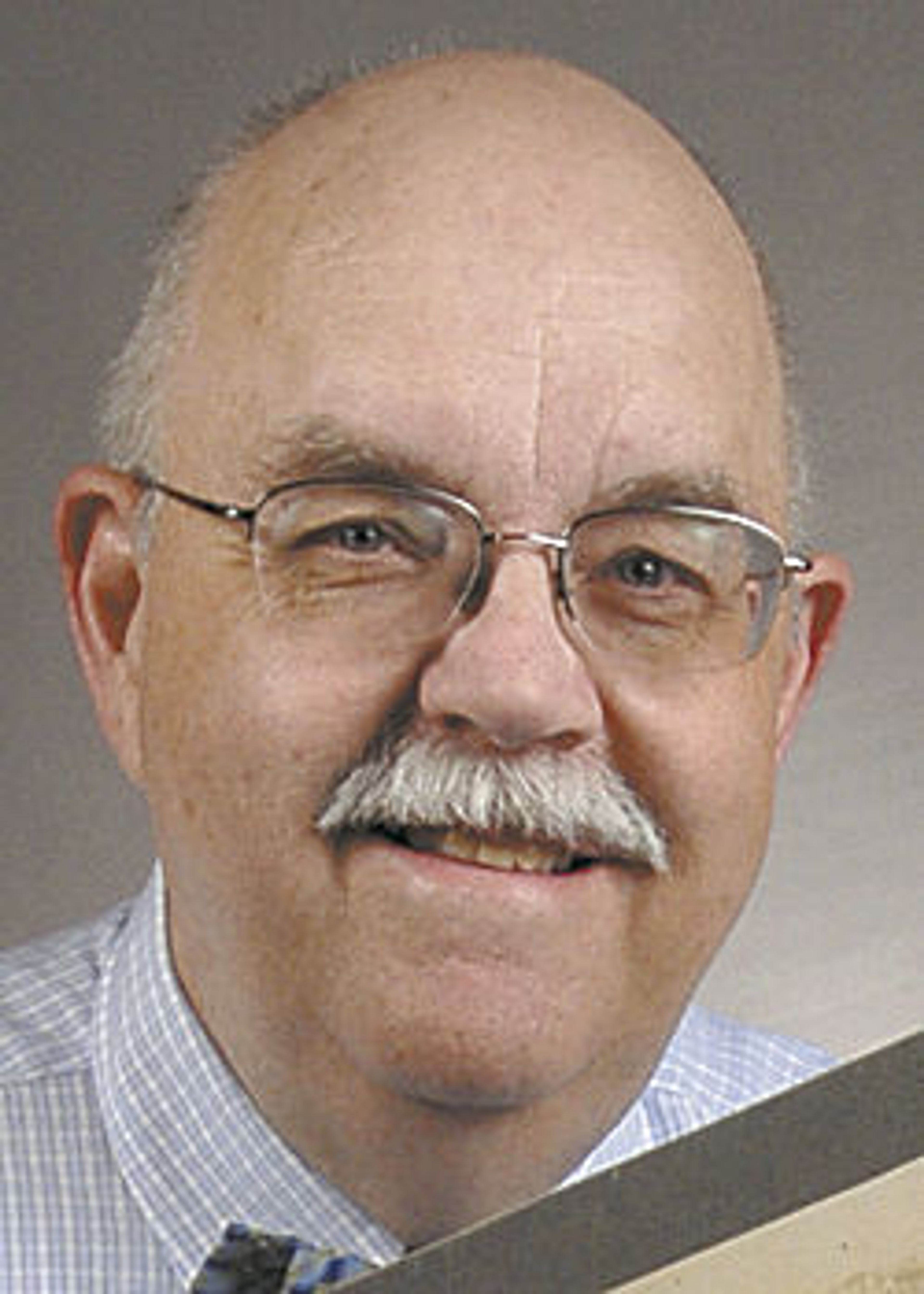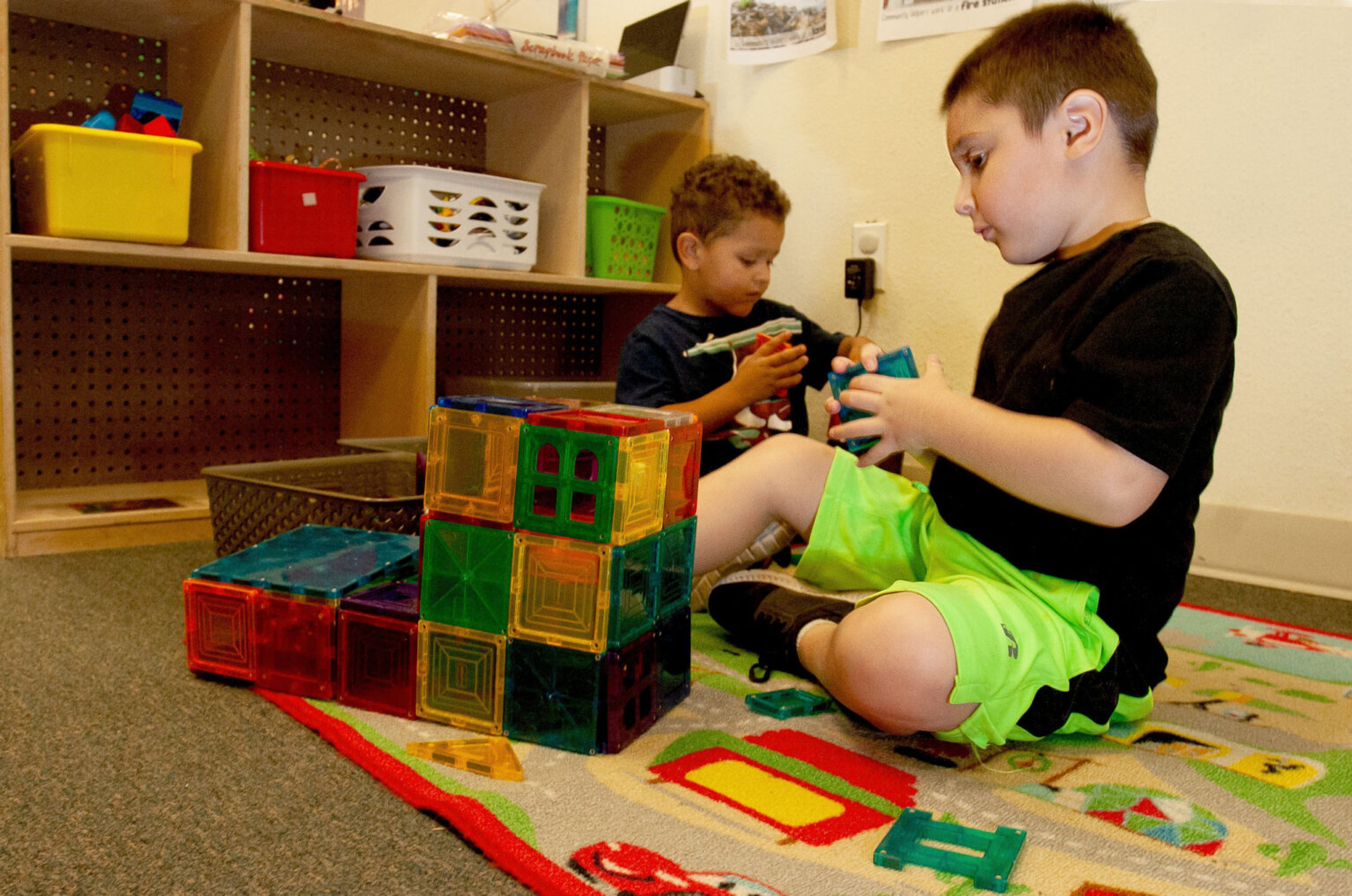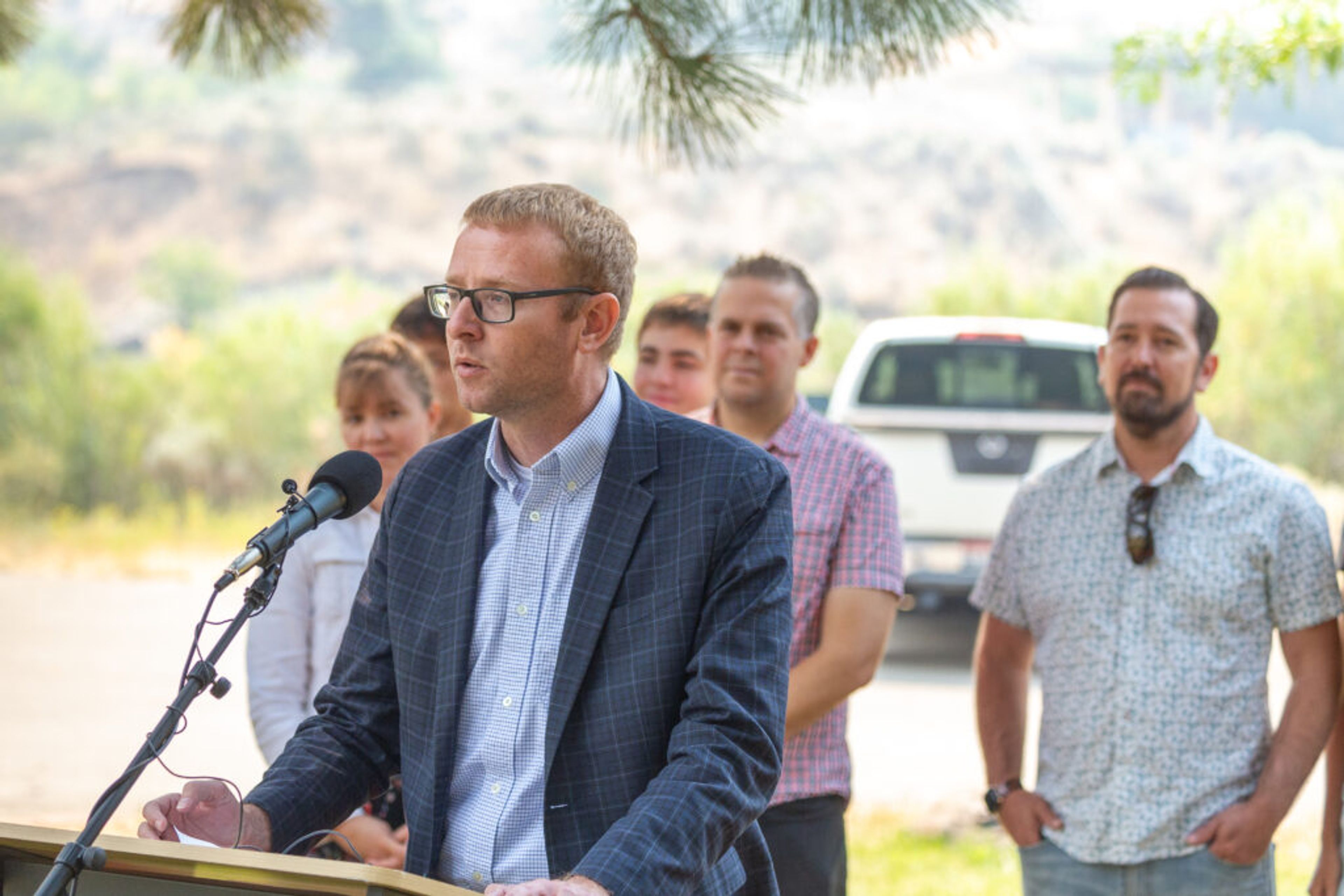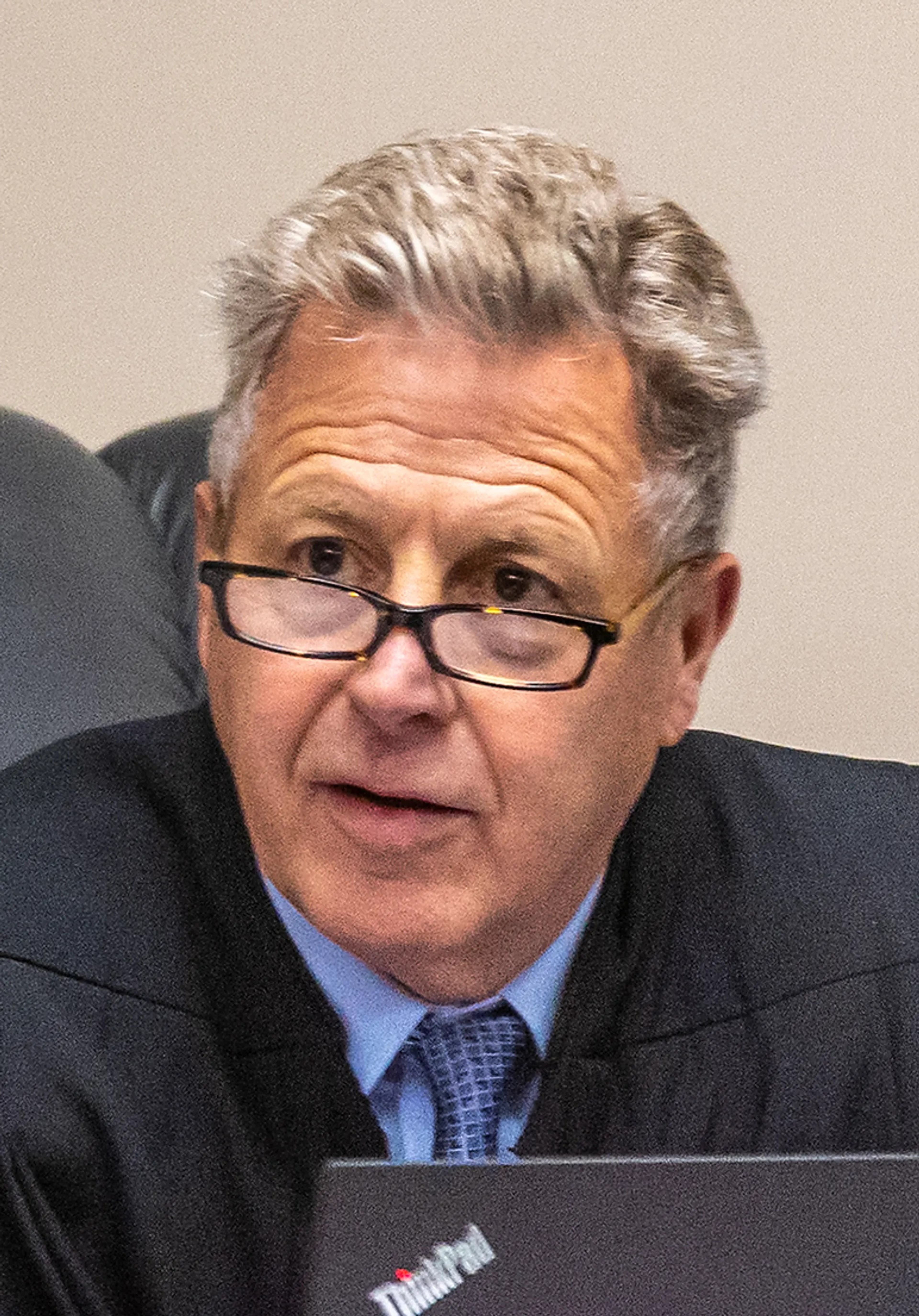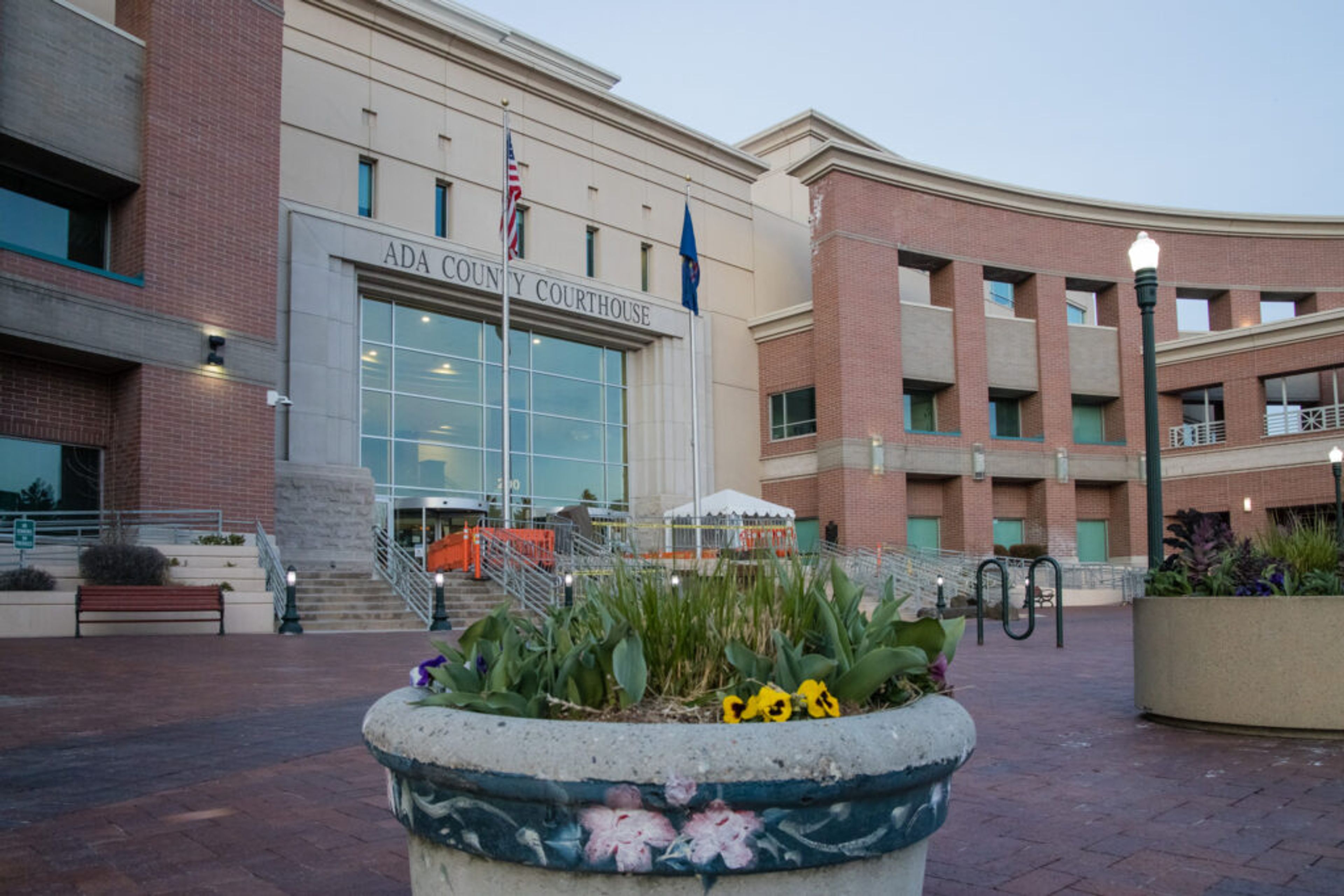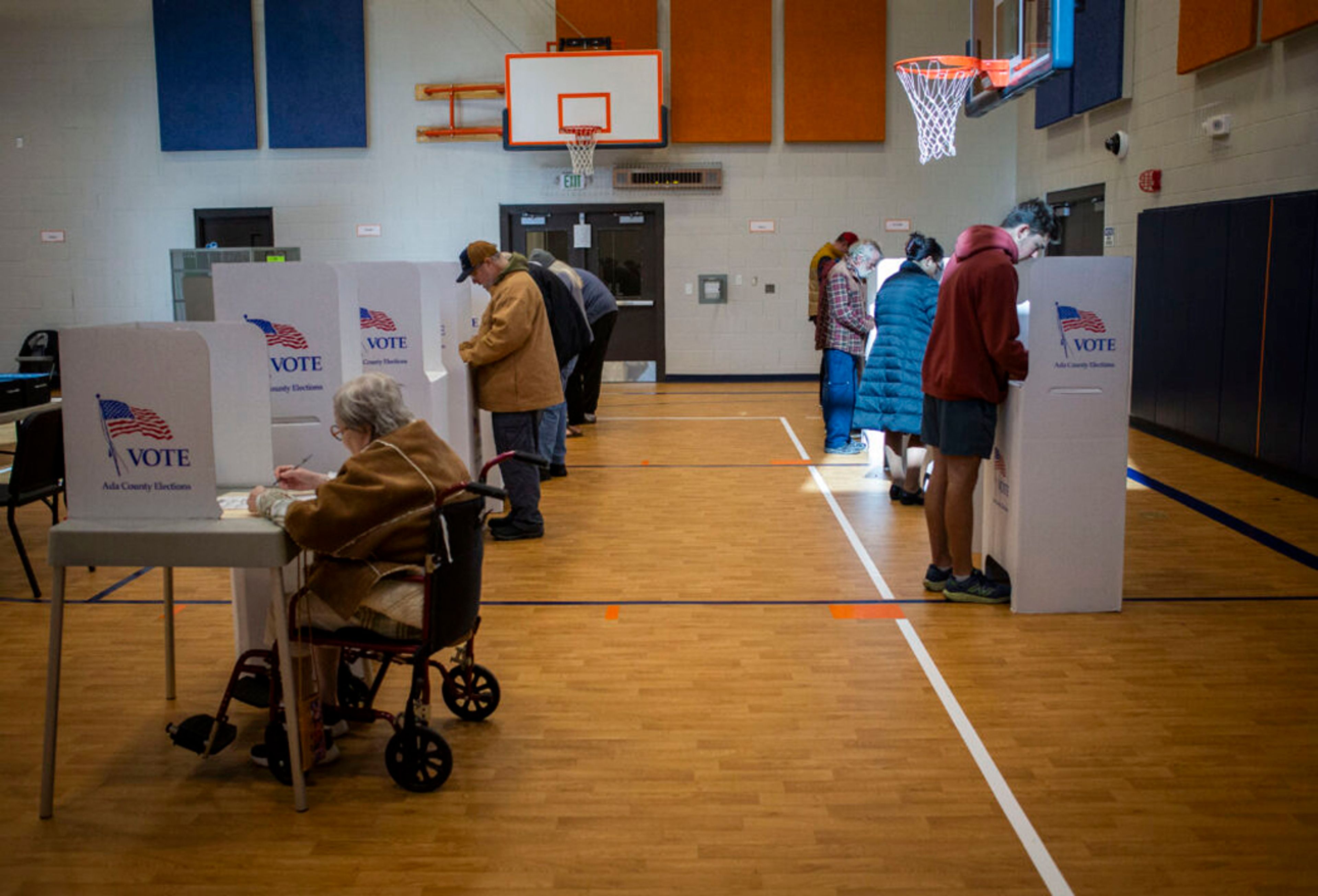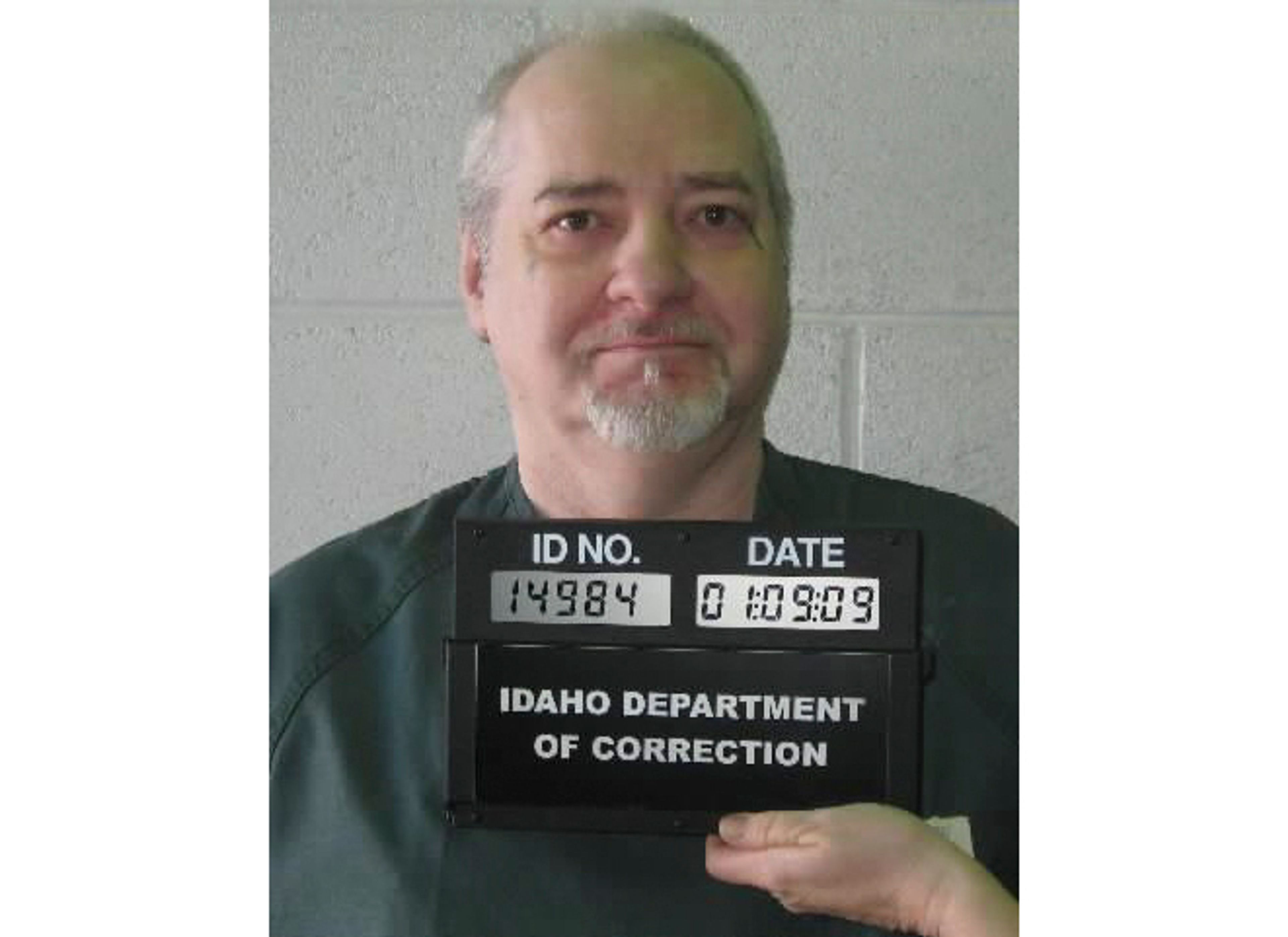Commentary: Former Roundup queen made her mark in Hollywood
LCSC at 125
Lewis-Clark State College is commemorating its 125th anniversary in 2018. This occasional feature highlights dates of interest in the school’s history.
Sept. 6, 1913: Camille Sorey and her older sister, Rae, were the delight of the local dramatics and music communities from an early age, with Camille singing and Rae chiming in with vocals and her ukulele. By 1928, the teenaged sisters were much in demand at weddings, in school operettas and for other social functions.
Known as “Soapy” to her friends in the Lewiston High School class of 1931, Camille enrolled at Lewiston State Normal School, while maintaining an active stage career with the trio “Camille Sorey and Her Girl Friends” at the old Granada Theater. Lewiston would soon become too small for a girl with endless ambition and loads of talent. She vowed not to return until she had made a name for herself. She would return, but not as Camille.
After a short stint singing at the Victor Club in Portland, she landed a job in June 1935 as the featured soloist for the Bob Young Orchestra on radio station KSL in Salt Lake City. A first place in a local talent contest soon followed, and she was immediately featured with Eddie Duchin’s orchestra in nationally syndicated broadcasts from the Ambassador Hotel in Los Angeles.
In October 1937 Camille began working with Joe Penner, the famed Hollywood vaudeville and radio comedian whose catch phrase was “Wanna buy a duck?” Penner decided his new singer for his syndicated Sunday evening CBS broadcast needed a new name — Julie Gibson. Many radio magazines thought the change was unnecessary, as “Camille Sorey” had that “Je ne sais quoi,” or exotic quality. But “Julie Gibson” stuck.
At the same time, she was singing on CBS with the Jimmie Grier Band every evening from the Hotel Biltmore in Los Angeles on KNX, “the voice of Hollywood.” Grier was billed as “The Musical Host of the Coast.” She and Grier married in March 1939, and Grier brought her and the band to Lewiston for a show on Oct. 17. It was the first time in five years that she had been in Lewiston. Mayor Eugene Bauman presented the couple with the keys to the city. A year later, they were divorced.
The Hollywood studios soon came calling for her services to dub the singing voices for popular cinema stars. In her first assignment, she sang for Eleanor Powell in the 1938 film “Rosalie,” which was screened at the Liberty Theater in March of that year. Gibson also dubbed for Diana Lynn and Betty Hutton in two movies for Paramount.
In 1941, she briefly appeared in Rosalind Russell’s film “The Feminine Touch” and received good reviews. Offers began coming in. A more important role came that year in “Nice Girl.” A year later, she was touring with Edgar Bergen and appearing in the film “Here We Go Again,” with Bergen and Fibber McGee. The notoriety came at a cost: typecasting. Famed columnist Hedda Hopper began calling her “the cute little Julie Gibson.”
Probably Gibson’s greatest legacy stems from her work in 1942 with The Three Stooges — Moe Howard, Larry Fine and Jerome “Curly” Howard. She knew nothing about the trio at the time and was responding to an offer of a small part in a new short at Columbia Pictures. “Three Smart Saps” and “Rock-A-Bye Baby” were the result of their collaboration. In a 2004 interview, Gibson recalled that in one scene she was not looking forward to giving Curly a hug and kiss. He was a shy man who came alive once the cameras were rolling. “I wasn’t too fond of men with hardly any hair.”
Her fondest memories are of Larry, who was “a nice little man, warm and always had time to talk.” Surprisingly, she did not begin watching the Stooges films until 1964, after fans started to stop her on the street. “I had always thought they were hurting each other when they got physical. But after working with them, I realized that it was all choreographed like a ballet, also kind of like two men fencing, where every move was important and they cannot make a mistake.”
In 1944 Gibson’s voice was heard in “Going My Way” and “Hail the Conquering Hero,” whose writer, Preston Sturgess, expressly requested her to sing his songs for the film. A USO tour with Bob Hope followed.
She returned to Lewiston that year to serve as the queen of the Lewiston Roundup (see related story on Page 1A), which needed some star power and was resurrecting itself after falling dormant in the 1920s. Columbia Pictures even filmed a promotional short for the event, and Gov. Clarence Bottolfsen escorted her into the old grounds in north Lewiston. Her father, Grover, was the rodeo treasurer that year and owned the C.O.D. Laundry at Eighth and Main streets.
Tired of bit parts or dubbing work, Gibson organized a publicity campaign that led to a July 7, 1945, feature story in Collier’s Magazine under the title “Self-Made Starlet.” The editors subtitled it “This little starlet went to town. Yep. She surely did!’ “ Gibson was taking her career into her own hands. No publicity was bad publicity. She judged at dog shows, hobnobbed with syndicated columnists Walter Winchell and Earl Wilson and got herself photographed with New York mayor Fiorello LaGuardia, among other celebrities. Nothing substantial came of all her self-promotion.
For all her focus on show businesses, Gibson never forgot Lewiston. When Anne Bollinger, then an emerging operatic soprano, made her professional debut with the Los Angeles Philharmonic at the Hollywood Bowl on Aug. 20, 1944, Julie, her sister Rae, and Carolyn Silverthorne were in the audience. The foursome celebrated what they later called their “remember Lewiston week.”
Gibson spent a number of years in Europe dubbing English voices for French and Italian films and was the unit publicist for John Huston’s 1952 Academy Award-winning “Moulin Rouge.” She appeared in “Beat the Devil,” starring Humphrey Bogart, in 1953.
Subsequent minor roles convinced her that television was a knock she needed to answer.
She was the dialogue supervisor for the popular TV sitcom “Family Affair” in 1970-71, and while working on the set, she came into contact with Charles Barton, who directed 106 episodes of the popular series. He had also directed episodes of “Leave It to Beaver,” “McHale’s Navy” and “Petticoat Junction.” After completing several Abbott and Costello features for Universal, Barton moved to Disney Studios to direct “The Shaggy Dog” and “Toby Tyler.”
In 1973, Gibson and Barton married and remained so until his death in December 1981.
Her last acting role was in the critically acclaimed 1978 TV miniseries “The Awakening Land.” Her last screen credit came in 1979, when she played the role of Violet in the film “Hot Rod.”
Besides being the oldest alumna from both Lewiston High School and Lewis-Clark State College, Gibson is now billed by many sources, including the Internet Movie Database and www.oldest.org/entertainment/celebrities/, as the “oldest living performer” from Hollywood’s “golden age.”
If you would like to hear her sing “Says My Heart” with the Jimmie Grier Band, recorded in 1938, go to www.youtube.com/watch?v=LpUqnHnwR8E.
Branting, a former Lewiston educator, recently was named Lewis-Clark State College institutional historian.
